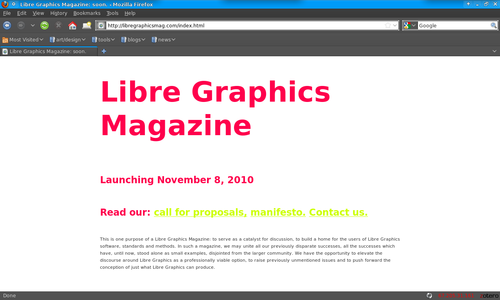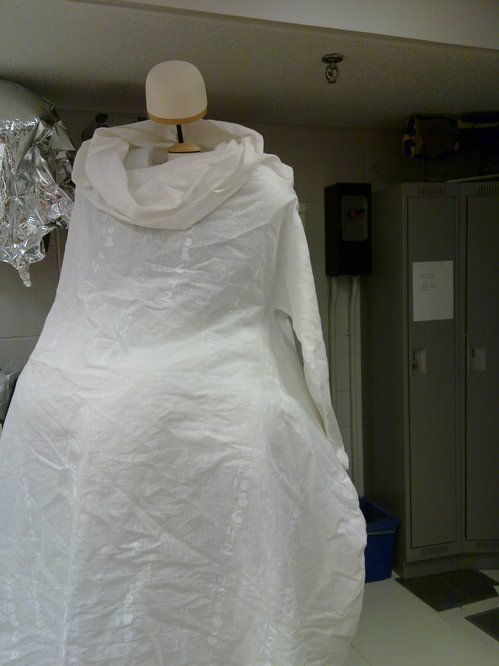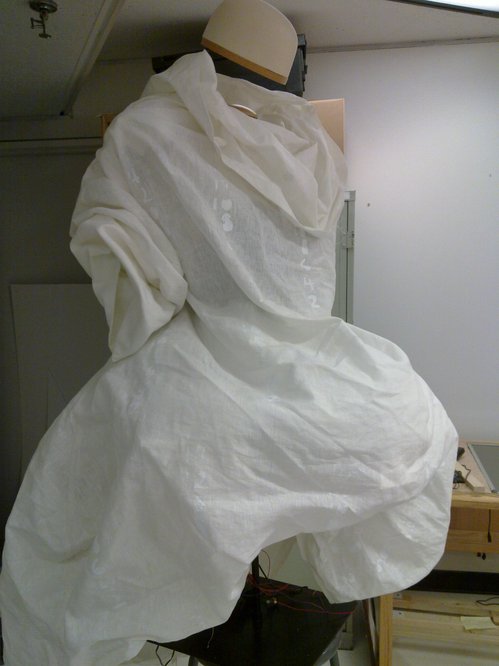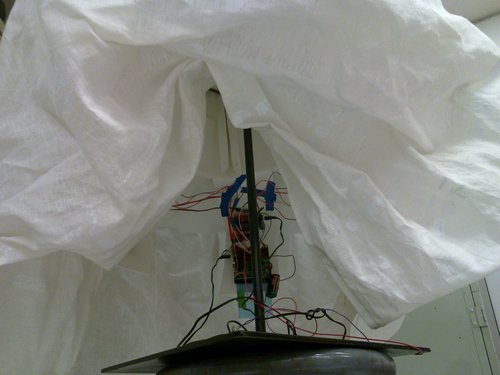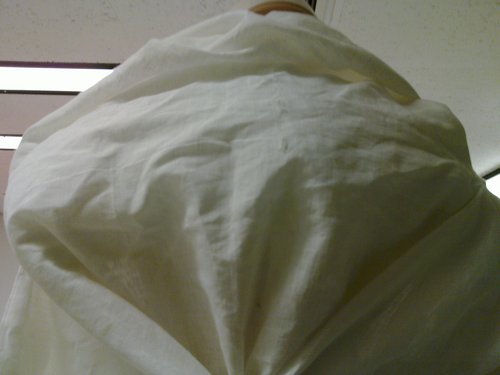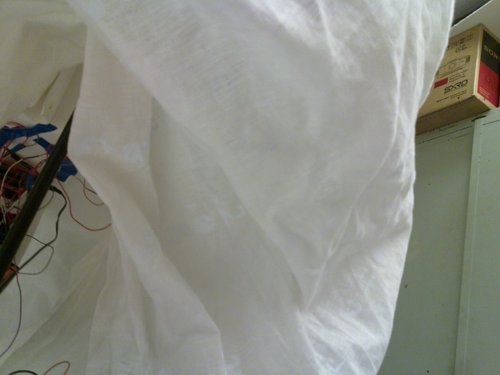I'm firmly convinced that, as texts and cultural artefacts, many video games are just as valid as their more traditional book-shaped peers. In this vein, I think that Super Mario is, above all, a fine example of the heroic quest archetype. It's pretty obvious. It's the story of one simple, relatively unremarkable man against a hostile world, trying to overcome seemingly insurmountable odds for the good of the Mushroom Kingdom.
More importantly, though, Super Mario is a fine analogue for self determination and self employment. The idea that Mario gains through pain and exertion fits pretty well into our ideas of work and reward. Mario is motivated to bash his head constantly against bricks and boxes because he knows that from his pain will result gain, in the form of coins and other prizes. Mario makes the decision, for himself, to exert in order to gain coins.
Now look at it slightly differently. What if Mario were in the employ of someone else, perhaps someone who excelled at collecting rolling coins. Mario's employer would contract with him to do only the bashing portion of the work. Someone else would collect the coin resulting from the bashing of the prize box. Then, at the end of the day, Mario would get a portion of the day's gains. Mario's gain might not be proportional to his efforts or to the number of coins collected, but it might at least be consistent. By specializing his labour and allowing his actions to be determined by someone else, Mario defrays the risk involved in his bashing efforts. If a coin escapes, it is not Mario's problem. He has done his part by bashing the block. Someone else is responsible for collecting the coin.
But in the reality of the game, Mario is effectively self employed. He takes responsibility for all actions of box bashing and coin collecting. He does run the risk of losing some coins, but he can be sure that every coin he collects is entirely his own. Mario may spend his day bashing boxes and running the risk of headache, but he can be sure that his gain is actually proportional to his effort and, more importantly, that the headaches are for himself, not incurred on behalf of some other party, profiting from Mario's pain.
More importantly, though, Super Mario is a fine analogue for self determination and self employment. The idea that Mario gains through pain and exertion fits pretty well into our ideas of work and reward. Mario is motivated to bash his head constantly against bricks and boxes because he knows that from his pain will result gain, in the form of coins and other prizes. Mario makes the decision, for himself, to exert in order to gain coins.
Now look at it slightly differently. What if Mario were in the employ of someone else, perhaps someone who excelled at collecting rolling coins. Mario's employer would contract with him to do only the bashing portion of the work. Someone else would collect the coin resulting from the bashing of the prize box. Then, at the end of the day, Mario would get a portion of the day's gains. Mario's gain might not be proportional to his efforts or to the number of coins collected, but it might at least be consistent. By specializing his labour and allowing his actions to be determined by someone else, Mario defrays the risk involved in his bashing efforts. If a coin escapes, it is not Mario's problem. He has done his part by bashing the block. Someone else is responsible for collecting the coin.
But in the reality of the game, Mario is effectively self employed. He takes responsibility for all actions of box bashing and coin collecting. He does run the risk of losing some coins, but he can be sure that every coin he collects is entirely his own. Mario may spend his day bashing boxes and running the risk of headache, but he can be sure that his gain is actually proportional to his effort and, more importantly, that the headaches are for himself, not incurred on behalf of some other party, profiting from Mario's pain.

